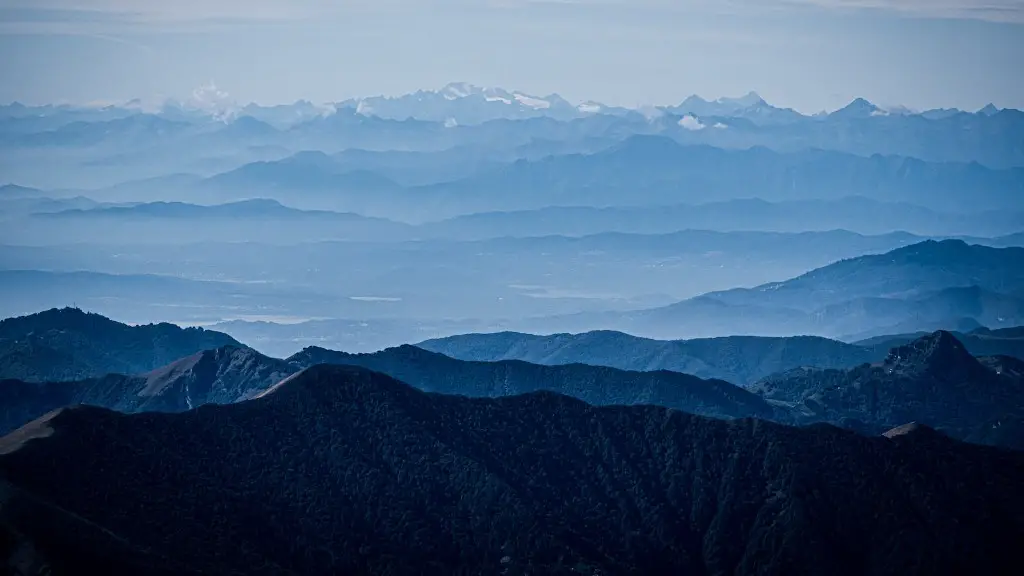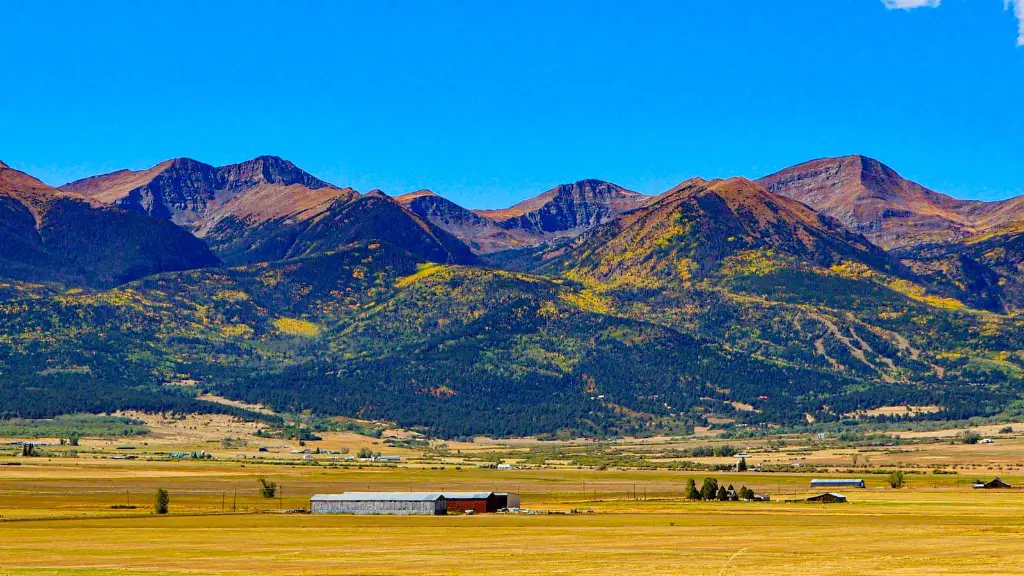Mount Fuji, the tallest mountain in Japan, is an active volcano that last erupted in 1707. The mountain is about 100 kilometers (about 60 miles) from Tokyo, and is a popular tourist destination.
The maximum theoretical height an eruption column could reach is about 60 km (37 miles). However, the column would be much narrower than a volcano like Krakatoa and the top would be blown off quickly by the wind. So a more realistic figure for the maximum height of an eruption column from Mount Fuji is about 20 km (12 miles).
Is Mount Fuji likely to erupt again?
Mt. Fuji is an iconic symbol of Japan and is beloved by many. However, it’s important to remember that it’s also an active volcano that has erupted about 180 times over the past 5,600 years. The most recent one was more than 300 years ago, the Hoei eruption of 1707, and experts anticipate that another eruption could occur again before long. So while enjoying the beauty of Mt. Fuji, please also be mindful of the potential dangers it poses.
If Mt. Fuji erupts, it is possible for volcanic ash to fall over a large area. The amount of ash that falls will depend on the wind direction, speed, and size of the eruption.Volcanic ash can pile up thickly near the source of the eruption, but will thin out as the distance from the crater grows.
How big would Mt. Fuji eruption be
The potential for a large volcanic eruption in the Tokyo area is a real concern. If such an eruption were to occur, it could have devastating consequences. More than 173 billion cubic feet of volcanic ash could fall over Tokyo and the surrounding areas, resulting in massive damage and loss of life. The government is working on a plan to evacuate the city in the event of an eruption, but it is a complex task. The best way to protect yourself and your family is to be prepared and have a plan.
The Hōei eruption was a volcanic eruption of Mount Fuji in Japan that began on December 16, 1707 and ended on February 24, 1708. The eruption was of the Plinian type, with a VEI of 6.
Is Mt. Fuji a supervolcano?
Mount Fuji is not a supervolcano. Supervolcanoes are defined as volcanoes that have erupted with an explosivity index of at least 8. An eruption of this size has not occurred in recorded history, likely last occurring in New Zealand about 26,000 years ago.
The Hoei eruption in 1707-1708 was the last major eruption from Mount Fuji. Since then, there have been no eruptions, although there has been some seismic activity. Mount Fuji is still an active volcano, and it is possible that it could erupt again in the future.
Is Yellowstone volcano overdue?
There is no such thing as an eruption being “overdue.” Volcanoes can be very unpredictable, and their eruptions can happen at any time. Just because Yellowstone hasn’t had an eruption in a while doesn’t mean that one is overdue.
The mountain is located in an area with frequent earthquakes and numerous fault lines.
Who owns Mount Fuji
Fujisan Hongū Sengen Taisha is a religious order that owns more than 1,300 temples around the island nation. They also happen to own Mount Fuji, which is one of the most iconic mountains in the world. While the state owns the lower 8 stages of the mountain, Fujisan Hongū Sengen Taisha owns the rest of it. This is just one of the many interesting facts about Mount Fuji.
Fuji is an active volcano that last erupted in 1707. The eruption was explosive, and the mountain has since been quiet. However, Fuji has a history of both explosive and effusive eruptions, with the two largest eruptions in the last 2000 years having different styles. The 864–866 CE Jogan eruption was effusive, while the 1707 Hoei eruption was explosive. Mt. Fuji is a popular tourist destination, and many people climb the mountain every year.
What is the largest volcano in the world?
Mauna Loa is the largest active volcano on our planet. It is located on the island of Hawaii and rises gradually to more than 4 km (25 mi) above sea level. The volcano is still active and last erupted in 1984.
According to some experts, a “massive eruption” is likely to occur within three years due to the warning signs of steam and gas emitting from the crater, hot natural gas and water being released from nearby massive holes, and a recently discovered 21 mile long fault beneath Fuji. This could have devastating consequences for the surrounding area and people should be prepared for the worst.
How many deaths has Mount Fuji caused
Please be aware that Mount Fuji is an active volcano and that eruptions can occur with little to no warning. The last major eruption was in 1707-1708 and it ejected 08 cubic km of ash, blocks, and bombs. Five historic eruptions have caused damage, but no fatalities. Fuji had two large eruption (VEI=5) in 1050 and 930 BC. If you are planning to hike or climb Mount Fuji, please check the latest eruption and activity forecast before doing so. Thanks for your awareness!
Mount Fuji is one of Japan’s most iconic landmarks, and is also one of the world’s most famous volcanoes. Although it has been dormant for over 200 years, there is still a significant amount of geological activity taking place beneath the surface, and it is possible that it could erupt again in the future.
How explosive is Mount Fuji?
While Fuji has erupted both explosively and effusively in the past, the two largest eruptions in the last 2000 years have differed in style. The 864–866 CE Jogan eruption was effusive, while the 1707 Hoei eruption, the most recent eruption, was explosive. It is uncertain what style of eruption Fuji will exhibit in the future, but both styles can pose dangers to nearby populations.
A supervolcano is a large volcano that has the potential to erupt with an extremely large magnitude. The United States is home to three active supervolcanoes, the USGS has determined: The famous Yellowstone, Long Valley and the Valles Caldera in New Mexico. Scientists believe that a supereruption is capable of ejecting more than 1,000 cubic kilometers of material into the atmosphere and could potentially cause global devastation. Signs that a supervolcano is preparing to erupt include an uplift of the ground surface, an increase in seismic activity, and the release of large amounts of volcanic gas.
Warp Up
The answer to this question is not definitive, as it depends on a number of factors, including the location of the eruption and the strength of the eruption. However, it is generally estimated that Mount Fuji could erupt anywhere from 10 to 30 kilometers (6.2 to 18.6 miles).
It is impossible to know how far Mount Fuji could erupt because there is no way to predict when or if it will erupt again.





